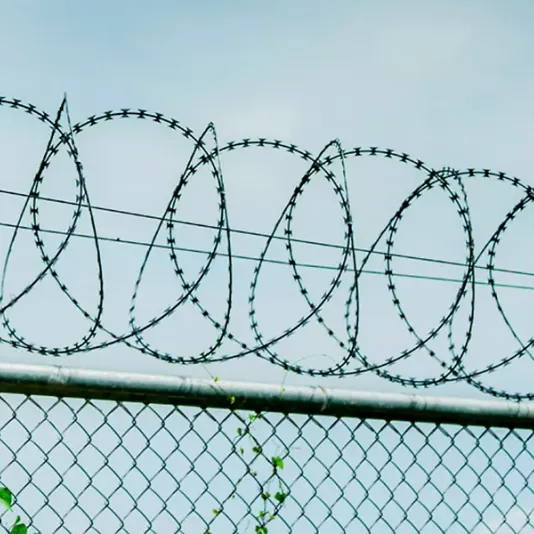Concertina barriers have become a recognized standard in physical perimeter security. Used in both military and civilian contexts, they offer a unique combination of fast deployment, strength, psychological deterrence, and broad applicability. While many other solutions are available – ranging from simple barbed wire to engineered fencing and electrified systems – Concertina maintains its leadership thanks to its balance of efficiency, affordability, and durability. This article explores the key advantages of Concertina that make it a preferred solution in a wide range of settings, from temporary perimeters to strategic protection zones.
Physical Impenetrability and Deterrent Effect
The primary function of any barrier is to stop unauthorized access – and in this respect, Concertina outperforms most alternatives. Razor-sharp tape, wrapped around a steel core and coiled into a spiral, forms a dense obstacle whose loop spacing can be adjusted based on the security requirement. Metal clips bind the coils together, preventing the structure from unraveling under tension. Attempting to cross it without tools is nearly impossible: the blades cause injury on contact, and repeated attempts often lead to serious wounds. As a result, Concertina delivers not just physical resistance, but psychological deterrence – crucial for high-security facilities.
Fast Installation Without Permanent Construction
Most traditional fences require extensive preparation: leveling the terrain, installing foundations, welding, and securing posts. In contrast, Concertina can be deployed directly on the ground, walls, or temporary supports. Installation takes just hours and can be completed manually, without heavy machinery. This makes it ideal for emergency situations, mobile missions, and rapid-deployment security perimeters.
Versatility: From Borders to Backyards
One of Concertina’s major strengths is its adaptability. It is used on national borders, military installations, prisons, airports, industrial sites, farms, and even private properties. It integrates easily with other components like mesh, panels, or concrete blocks. A wide variety of coil diameters, spacing, and mounting options allows for customized deployment. There are also mobile and pyramid configurations. This flexibility makes Concertina one of the most universal barrier types available today.
Minimal Maintenance and Long-Term Durability
Unlike wood or panel fencing, Concertina requires virtually no maintenance. It resists rain, temperature extremes, and UV exposure. Corrosion-resistant steel ensures that the barrier remains effective for decades. It does not bend under snow, collapse under pressure, or degrade over time. This is particularly valuable for remote or harsh environments where upkeep is difficult or costly.
Cost-Effectiveness
Although the initial cost of Concertina may be higher than basic wire, it is far more economical than permanent fencing. There is no need for foundations, welding, machinery, or frequent repairs. Quick deployment and low upkeep reduce overall project costs. This is crucial for temporary installations or budget-conscious security plans. Measured over time and per meter, Concertina often delivers the best performance-to-cost ratio.
Legal Status and International Recognition
In several countries, Concertina is a registered trademark – confirming its status not just as a product, but as a standardized, legally protected name. This matters in tenders, government procurement, and international projects. A client who selects a Concertina wire barrier receives a product that meets defined quality standards and can be identified by name. This ensures confidence in the solution and compliance with professional requirements.
